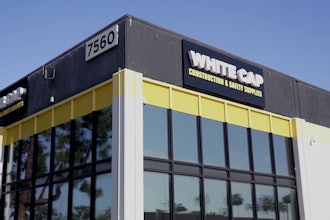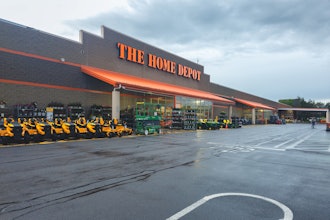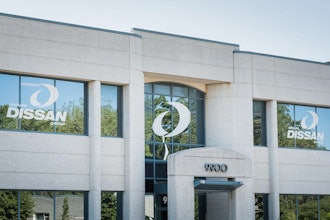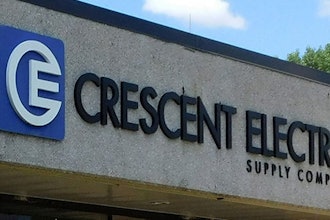
Corporate America has been so relentless is cutting costs over the past decade and especially since the 2008 recession, that it is difficult to fathom cost centers still untouched by the cost dragnet. Many executives, when considering print expense, think of ink on paper and associate it with basic business sundry that includes business cards, letterhead and stationary. But careful analysis shows that print is much more and is hiding in plain sight. Print broadly applies to the creation or reproduction of an image or other information on any material by any method. Once the true nature and scope of print costs are discovered, then it is possible to use effective tools -- such as automated vendor selection (AVS) technology -- to capture savings, which could average 42% of print cost, with a savings high of 50%.
Print includes:
- direct mail
- marketing materials
- point of sale (POS)
- publications
- brochures
- forms
- labels
- decals
- maps
- time tables
- safety materials
- CD ROMs
- posters
- billboards
- advertising
- premiums
- signage
- bus and truck wraps
- financial documents
- training manuals
- human resource materials
- custom packaging
. . . and all things where information is placed on paper, plastic, metal, magnetic media or any other substrate.
One of the major challenges involved in capturing print costs is trying to identify where print resides organizationally. Knowing the source of printing needs can be worth its weight in gold because identifying print users leads to print cost centers in every part of an organization, at the corporate level as well as deep inside operating units. Since most organizations do not centrally control or manage print expenses, it is not centrally reportable in the accounting systems. It typically shows up embedded in other costs such as marketing, and direct product costs.
Another challenge is to centralize, yet to permit decentralized units within an organization to seamlessly continue buying print. The communications and workflow system used with AVS Technology makes it possible for authorized print buying units to access the buying organization’s pool of prequalified printer suppliers – all carefully vetted in advance by the buyer. The best pools consist of at least two dozen suppliers with a broad range of capabilities to cover the print buyer’s on-going needs. The same, secure web-based system allows the buyer to manage project workflow in detail, provide full transparency to all authorized buyer and supplier participants and document each task and every communiqué for future reference. All of this ensures quality and on-time delivery.
As for cost reduction, this begins at the beginning when the automated vendor selection procedure instructs the computer to match supplier attributes with project specifications and identify only the best suppliers capable of getting the job done. Invitations to bid are then sent. Each supplier that chooses to participate checks its production schedule for times when there is little or no work. It is during these downtimes that AVS work can be scheduled and prices discounted 25% to 50% to fill otherwise open capacity. Printers like this process because it allows them to bid low but not be held to that pricing when they are busy. Also, all suppliers stay in the pool with opportunities to bid on future work.
This approach to print procurement should be in every CFO’s box of money saving tools. The CFO is in the ideal position to champion the use of new procurement technology. With support from the CEO and others on the executive team, the CFO can achieve a breakthrough in cost reduction just by changing how print is procured.
About e-LYNXX Corporation
e-LYNXX Corporation patented the technology integral to e-commerce. Endorsed by Educational & Institutional Cooperative Purchasing (E&I) and Printing Industries of America (PIA), e-LYNXX drives results through its three divisions. www.e-LYNXX.com
About the Author
Michael Granger is founder and chairman of Capital Access Forum (CAF Investments, LLC) and co-founder and general partner of Ark Capital Management Fund, LP, a Chicago-based private equity firm with a national investment scope, focusing on middle market companies and emphasizing investments in minority and women owned businesses. He also serves on the e-LYNXX Corporation Board of Directors.


















